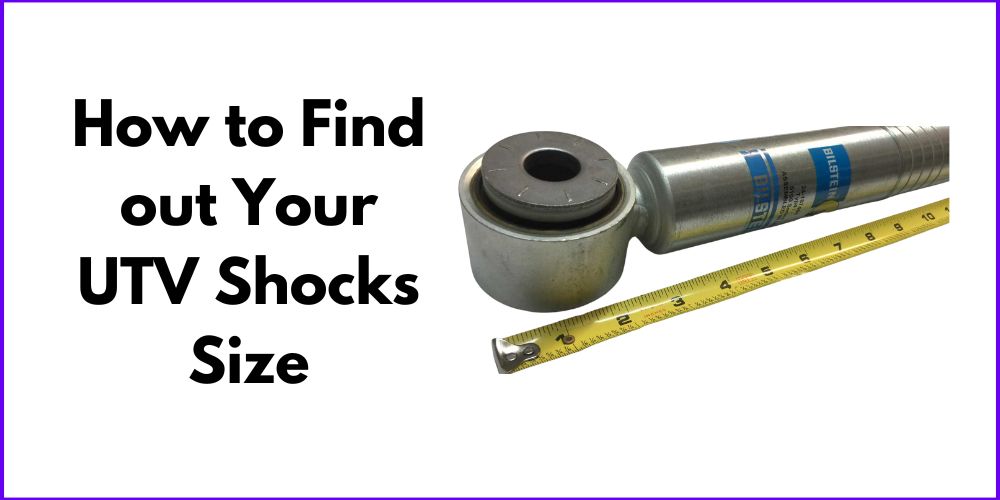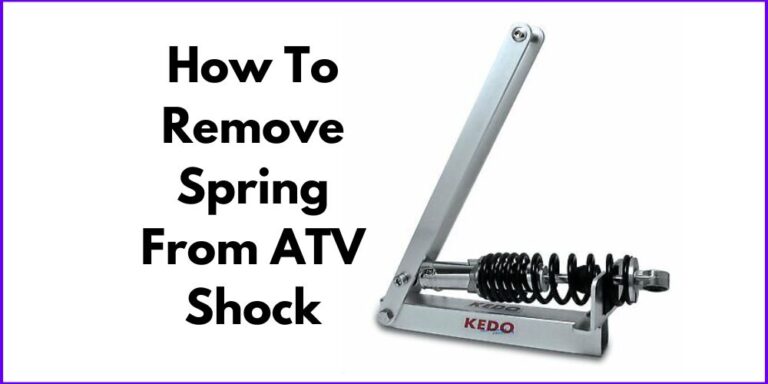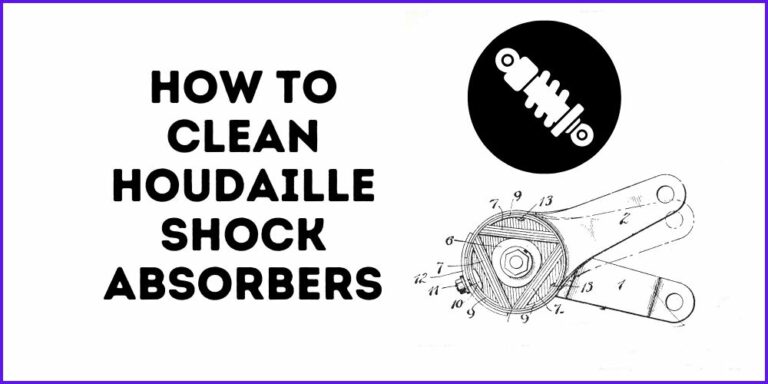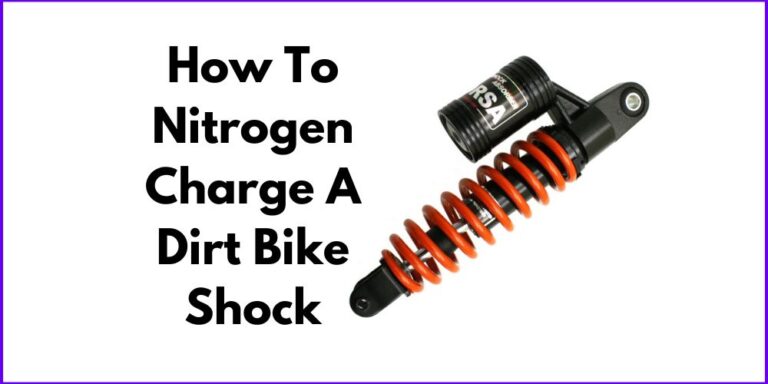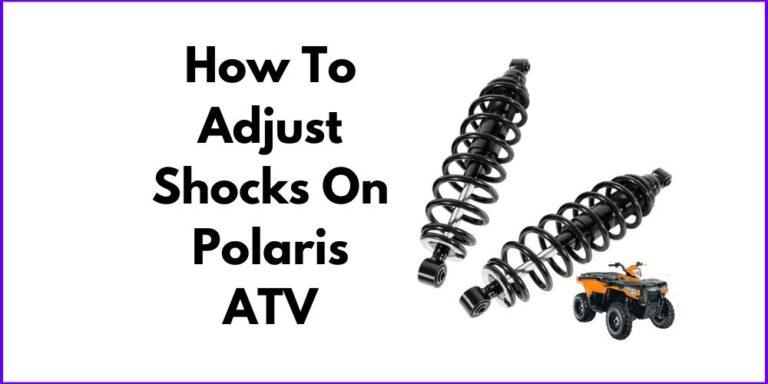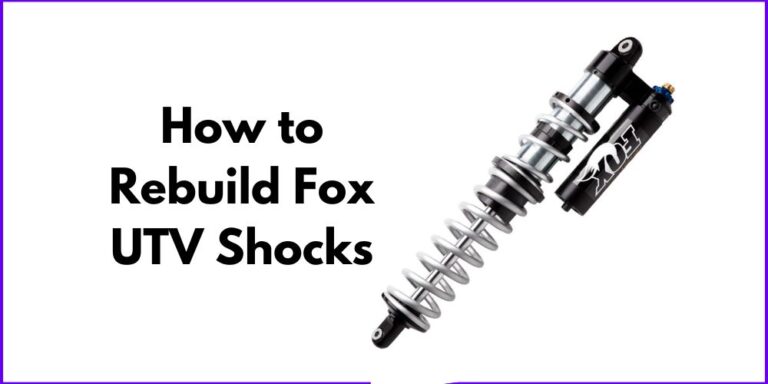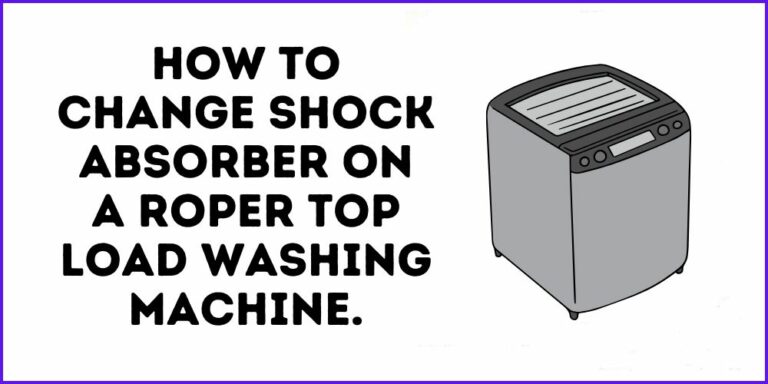Properly sizing UTV shocks is essential for optimal performance and ride quality. The right shocks can make a significant difference in your off-roading experience, providing a smooth and controlled ride over rough terrains. Incorrectly sized shocks can result in a harsh ride or limit the vehicle’s ability to handle challenging conditions. By matching the right size shocks to your UTV, you ensure better stability, control, and handling, as well as increased durability and longevity for your vehicle. In this blog post, we’ll guide you through the steps on how to find out your UTV shocks size, helping you unlock its full potential on any terrain.
How to Find out Your UTV Shocks Size
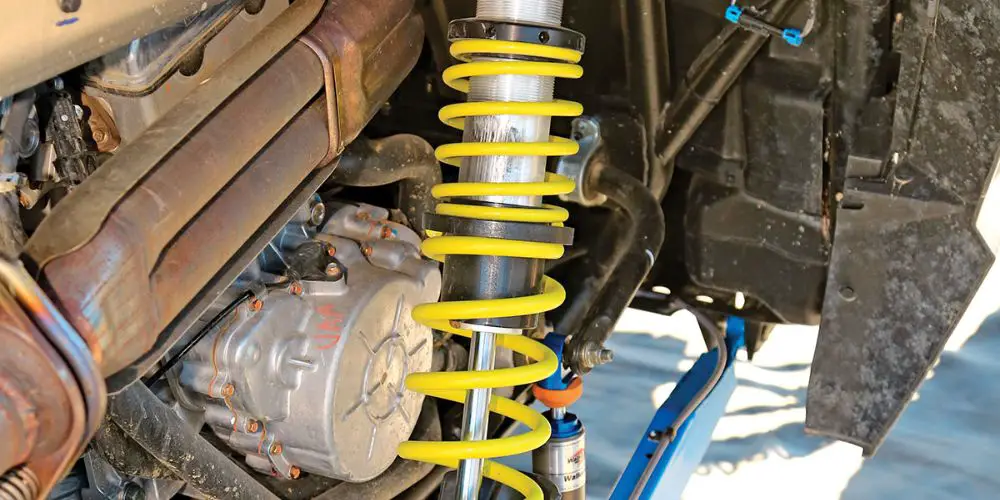
UTV shocks are vital components of the suspension system that control the movement of the vehicle over rough terrain. There are various types of shocks available for UTVs, including coilover shocks, gas shocks, piggyback shocks, and remote reservoir shocks. The size of shocks, particularly their length, and travel, significantly impacts UTV performance. Properly sized shocks provide optimal suspension travel, ground clearance, damping, and maintain proper suspension geometry. Choosing the right shock size is essential for achieving a smooth ride, improved handling, and overall vehicle stability. In the next section, we’ll explore the process of finding the correct size shocks for your UTV.
Identifying Your UTV’s Make and Model
Emphasizing the importance of knowing your UTV’s make and model is essential when it comes to finding the right shocks. Here’s why it matters:
Knowing your UTV’s make and model allows you to access accurate and specific information about your vehicle’s specifications and compatibility. Different UTV models may have variations in suspension setups and shock sizes, so having this information is crucial for ensuring a proper fit.
To locate the make and model information on your UTV, here are some helpful tips:
- Check the Manufacturer’s Label: Look for a label or sticker placed on the vehicle’s frame or chassis. This label often contains important details, including the make, model, and manufacturing year of your UTV.
- Consult the Owner’s Manual: The UTV owner’s manual is a valuable resource that provides comprehensive information about your vehicle. It typically includes details about the make, model, and other specifications. Refer to the manual for specific instructions on finding the make and model information.
Measuring Shock Absorber Length
To find the correct shock absorber length for your UTV, follow these step-by-step instructions:
- Fully Extend the Suspension: Park your UTV on a level surface and ensure the suspension is fully extended. This can be achieved by lifting the vehicle off the ground or by driving it onto ramps, depending on your specific UTV model.
- Measure Eye-to-Eye Length: Measure the distance between the centers of the upper and lower shock mounting points. This measurement determines the eye-to-eye length of the shock absorber.
- Consider Compressed or Extended Length: Some shocks may have different compressed and extended lengths due to adjustable features or suspension setups. If applicable, measure the shock’s compressed and extended lengths as well for more precise sizing.
- Note Down the Measurements: Record the eye-to-eye length, as well as the compressed and extended lengths if applicable. These measurements will help you select shocks that match your UTV’s suspension requirements.
Dealing with compressed or extended shocks:
If your UTV’s shocks are in a compressed or extended state during measurement, you can either adjust the suspension to the fully extended position or use average measurements based on the manufacturer’s recommendations. However, it’s best to aim for measurements taken when the suspension is fully extended for optimal accuracy.
Determining Shock Mounting Style
UTVs can have different shock mounting styles, and identifying the specific style used in your vehicle is crucial for selecting the appropriate shocks. Here are some commonly found shock mounting styles:
- Eye-to-Eye Mounting: This mounting style features shocks with eyelets on both ends, which are secured to the UTV’s upper and lower mounting points using bolts or pins.
- Clevis Mounting: Clevis-style mounting utilizes a clevis bracket or fork on one end of the shock. The bracket attaches to the UTV’s mounting point, while the other end of the shock may have an eyelet or stud for connection.
- Stud Mounting: Stud mounting involves a threaded stud on one end of the shock, which is screwed into the UTV’s mounting point. The other end may have an eyelet or clevis for attachment.
To identify the specific mounting style used in your UTV, refer to your UTV’s owner’s manual or consult the manufacturer. They can provide detailed information, diagrams, or images that highlight the mounting style and help you choose the correct shocks accordingly.
By understanding your UTV’s make and model, measuring shock absorber length accurately, and identifying the shock mounting style, you’re well on your way to finding the right shocks for your UTV.
FAQs: Finding the Right Size of UTV Shocks
What are the numbers on shocks?
The numbers on shocks are known as valving numbers. These numbers indicate the amount of force required to compress or extend a shock. They are measured using a tool called a shock dyno, which helps determine the shock’s characteristics and performance.
What is the difference between 90/10 and 70/30 shocks?
The terms “90/10” and “70/30” refer to the valving ratios of shocks. In the case of front shocks, a 90/10 ratio means that the shock allows for faster weight transfer and front end lift. On the other hand, a 70/30 ratio indicates that the shock rises more slowly. Additionally, the front suspension travel can be limited to fine-tune weight transfer. Both 70/30 and 90/10 shocks are suitable for both street and strip applications.
What happens if your shocks are too long?
If the shock absorber installed on your vehicle is too long, it can lead to a problem known as “bottoming out.” This occurs when the shock absorber reaches its full compression, but the suspension still has additional travel left. Bottoming out can cause the suspension to hit its limits, leading to a harsh ride and potential damage to the shocks or other suspension components.

